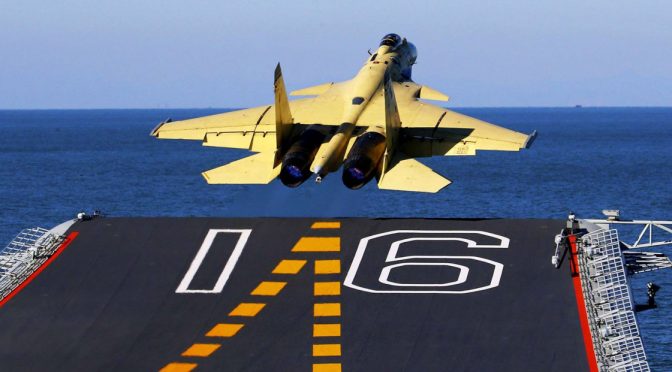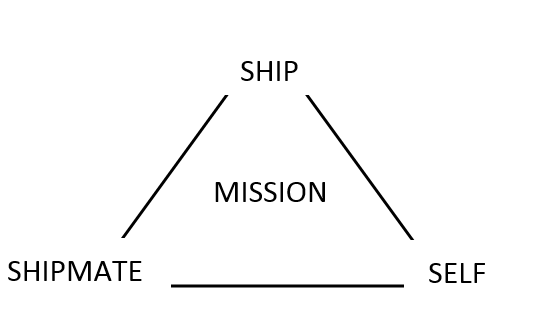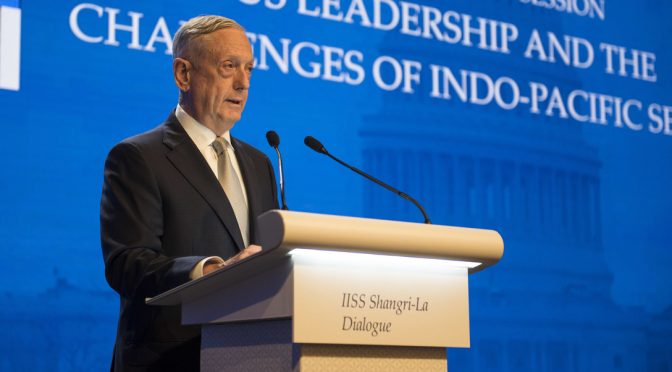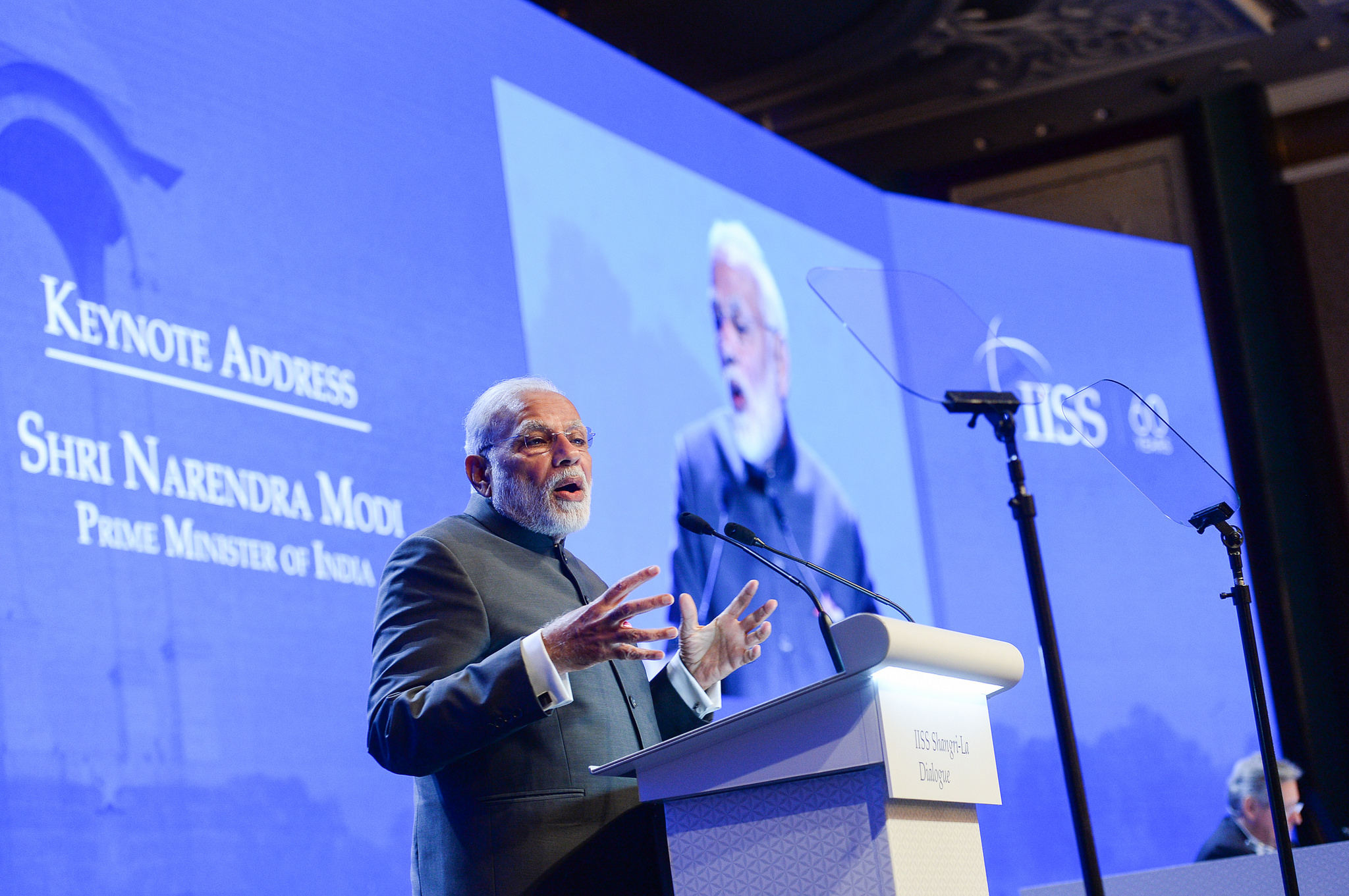Rupprecht, Andreas. Modern Chinese Warplanes: Chinese Naval Aviation – Aircraft and Units Houston: Harpia Publishing, 2018. 80pp. $29.95
By Lieutenant Commander David Barr, USN
In the introduction of his latest installment regarding modern Chinese combat aircraft, Andreas Rupprecht correctly assesses the rapid and expansive scope of Chinese air power modernization: “The amount of ‘recent changes’ especially in doctrine, training, and force structure are so numerous that they would easily surpass the available space within one volume, it was decided to separate the naval air component from the regular Air Force and Army Aviation.”1 His thoughtful and deliberate efforts paid off. In Modern Chinese Warplanes: Chinese Naval Aviation – Aircraft and Units, Rupprecht wisely focuses his efforts solely on Chinese naval aviation, and in the effort, masterfully delivers its stated purpose to “provide an extensively illustrated compact yet comprehensive directory, with in-depth analysis of the organization and equipment of modern Chinese naval air power.”2
In Chapter 1, Rupprecht succinctly explains the origins and history of Chinese naval aviation or what is modernly referred to as the People’s Liberation Army Naval Air Force (PLANAF). By reading pages 11-14, one will gain an educational understanding of how the PLA historically placed the PLANAF at a lower priority than that of the more prominent and mightier PLA Air Force (PLAAF). And how, like many a younger sibling throughout history, the PLANAF had to make due from hand-me-downs from its bigger brother. Rupprecht dedicates the remainder of the chapter to his assessment of the PLANAF’s future which he briefly describes as “relatively bright” and further predicts that the PLANAF “will probably be the largest beneficiaries of the recent reform and modernization.”3
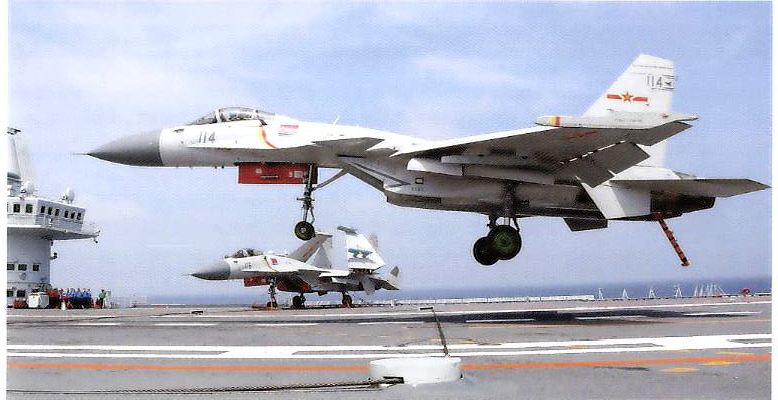
The “recent reform and modernization” to which Rupprecht refers is part of an ongoing and widespread PLA force modernization program which focuses on giving the PLA capabilities to conduct what Chinese military strategists call informatized, integrated joint operations. China’s 2015 defense white paper, released by the State Council Information Office of the People’s Republic of China, directs the PLA to “win informatized local wars” with emphasis on struggle in the maritime domain. Additionally, the white paper addresses the need for further development of PLA Navy (PLAN) capabilities in the face of an expanding mission set, stating the PLAN will shift its focus from “offshore waters defense” to the combination of “offshore waters defense” with “open seas protection.”4 This grander vision for the PLAN aligns with China’s perceived need to protect what it considers its “core interests” – safeguarding its national territorial sovereignty and maritime rights and interests in order to ensure Chinese economic and social development. Toward this end, as Rupprecht’s explains through Andrew Erickson in Chapter 6: “The PLAN is more likely to develop a limited power projection that enhances China’s ability to defend its regional interests; to protect expanding overseas interests; to perform non-traditional security missions.”5 It would seem logical therefore to assess that the PLANAF represents a growth industry for the PLAN over the coming decades.
In Chapters 2 through 5 of Modern Chinese Warplanes: Chinese Naval Aviation – Aircraft and Units Rupprecht offers a solid description of how the PLA is slowly and methodically improving the power projection capabilities and training of its naval aviation combat arm. Chapter 2 briefly provides a helpful explanation of aircraft markings and the serial number system utilized by the PLANAF for its various platforms. Chapter 3 supplies ample information regarding new aircraft variants, improved avionics and sensors, and refueling capabilities of the latest PLANAF fighters, fighter-bombers, bombers, transport, special mission aircraft, helicopters, and unmanned aerial vehicles (UAV). Chapter 4 couples the aircraft with ordnance, offering insight into the latest PLANAF air-to-air missiles (AAM), air-to-surface missiles (ASM), guided bombs, electronic warfare (EW) and targeting pods, as well as torpedoes. And, as has become his calling card and his books’ pièce de résistance, Rupprecht once again supports his text with numerous colorful and vivid photographs of the platforms described.
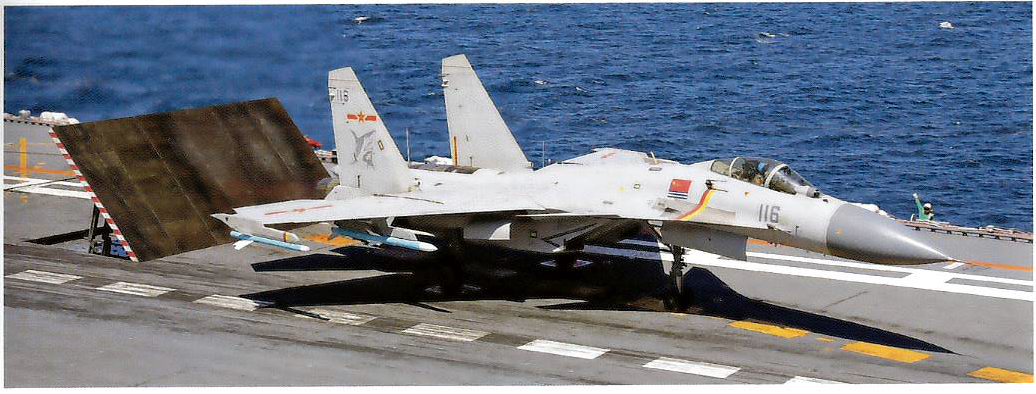
At the beginning of Chapter 5, Rupprecht alludes to the notion of “the greatest technology is only as good as the person (or pilot) using it” by stating “the latest developments in tactics and training are probably even more important for the future outcome of any potential operational use” and explains that both the PLAAF and PLANAF have developed less-scripted and more realistic and integrated training for each arm’s respective pilots over the past decade.6 The rest of Chapter 5 outlines the evolution of PLANAF pilot qualifications, training regimens, and platform transition timelines – a critical, yet not widely understood facet of the PLANAF’s modernization effort.
Rupprecht saves the most intriguing issues and subsequently his best writing for Chapters 6 and 7. Chapter 6, at only four pages long, provides a concise yet wonderful synopsis of the current and future developments within China’s aircraft carrier program. Most of the chapter’s pages focus solely on the current status and future projections of China’s current aircraft carriers (CV-16, Type 002, and Type 003) and not the associated air wing which currently uses the J-15 multi-role fighter as its centerpiece (best described in Chapter 3). It remains to be seen if the PLAN defines “air wing” like the United States Navy. If so, then a PLAN air wing will theoretically be composed of various airborne platforms that conduct a variety of missions including airborne early warning (such as the KJ-600 featured on page 29), electronic warfare, in-flight refueling, and other specialized aircraft.
The most absorbing content of Chapter 6 (and possibly the book itself) can be found on pages 52-53 in a section entitled “Future Fleet Size and Operational Options.” Here, Rupprecht’s words echo the sentiments of the late United States naval officer and strategist, Alfred Thayer Mahan, who consistently argued in the late 19th Century that the United States had a maritime destiny and it could only achieve its national greatness through control of the seas. Addressing similar strategic maritime ambitions of the PLA and the role that a viable aircraft carrier fleet could provide toward achieving those ambitions, Rupprecht states, “A carrier fleet is therefore a consequence of China’s rising ambitions both in terms of the role the country wants to play on the international stage, its role as a premier export nation and, more importantly, its role as a regional power. In order to be able to project these ambitions at any time, a spatially and temporally limited ‘Sea Control’ will be required and a carrier fleet will be a significant tool in building its power projection capabilities.”7
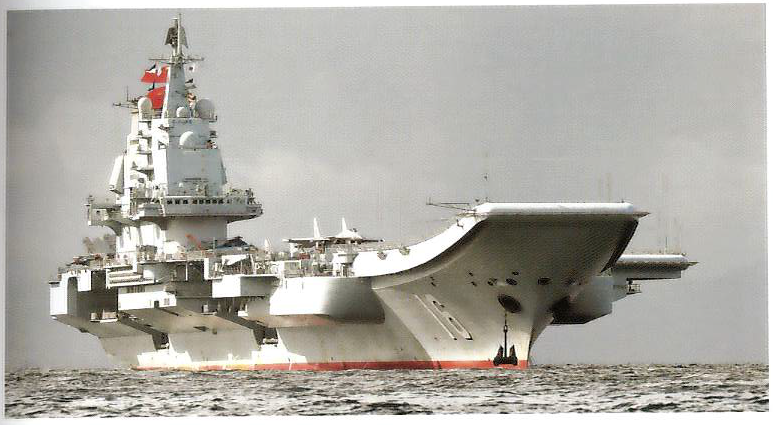
Chapter 7, entitled “Naval Aviation Order of Battle (March 2018)”, provides much more than a tabular depiction of the PLANAF’s order of battle (OOB), as the title suggests. Just as he did in his 2012 Modern Chinese Warplanes: Combat Aircraft and Units of the Chinese Air Force and Naval Aviation, Rupprecht effectively describes and illustrates, via well-structured text and vibrant pictures and charts, both the operational missions and geographical responsibilities of the three Theater Commands that have a corresponding Fleet Naval Aviation Headquarters (Eastern, Southern, and Northern) thus capturing the growing operational impact of the PLANAF.
Most intriguingly however, on pages 58-60, Rupprecht provides a brief yet highly insightful assessment of the PLANAF’s seemingly inevitable evolution toward developing into a true “blue water” force. It is here, in this author’s opinion, in combination with pages 52-53 of Chapter 6 previously mentioned, that Rupprecht captures the very essence of the book for these are the pages that present the strategic and operational impetus of why the PLA is continuing down its path of remarkable military modernization – an effort that may leave it as one of the world’s most dominant military forces. This larger strategic context is far too important to get lost in the pages of latter chapters. It may have been better for this level of analysis to be presented and expanded upon in Chapter 1 if not the introduction.
I applaud and endorse Rupprecht’s decision to narrow the scope of Modern Chinese Warplanes: Chinese Naval Aviation – Aircraft and Units in order to focus solely on the naval aviation component of the PLA. During a time of a growing perception of a major great power competition between the United States and China, his work is both highly relevant and exceptionally timely. For any military enthusiast or analyst looking to expand his or her understanding of Chinese naval aviation and how it fits into the PLA’s larger regional and global ambitions, this book provides ample substance and striking illustrations. I equally anticipate reading Rupprecht’s other 2018 work entitled Carrier Aviation in the 21st Century: Aircraft Carriers and Their Units in Detail (as mentioned on page 51) and hope he continues to produce these “extensively illustrated compact yet comprehensive” works of art.8
LCDR David Barr is a career intelligence officer and currently serves as instructor with the National Intelligence University’s College of Strategic Intelligence. All statements of facts, analysis, or opinion are the author’s and do not reflect the official policy or position of the National Intelligence University, the Department of Defense or any of its components, or the U.S. government.
References
1. Rupprecht, Andreas. Modern Chinese Warplanes: Chinese Naval Aviation – Aircraft and Units. Houston: Harpia Publishing, 2018. p. 7.
2. Ibid. p. 7.
3. Ibid. p. 14.
4. “China’s Military Strategy,” State Council Information Office of the People’s Republic of China, May 2015.
5. Rupprecht, Andreas. Modern Chinese Warplanes: Chinese Naval Aviation – Aircraft and Units. Houston: Harpia Publishing, 2018. p. 53.
6. Ibid. p. 45.
7. Ibid. P. 53.
8. Ibid. p. 7.
Featured Image: Chinese Shenyang J-15 Flying Shark (via USNI News)

